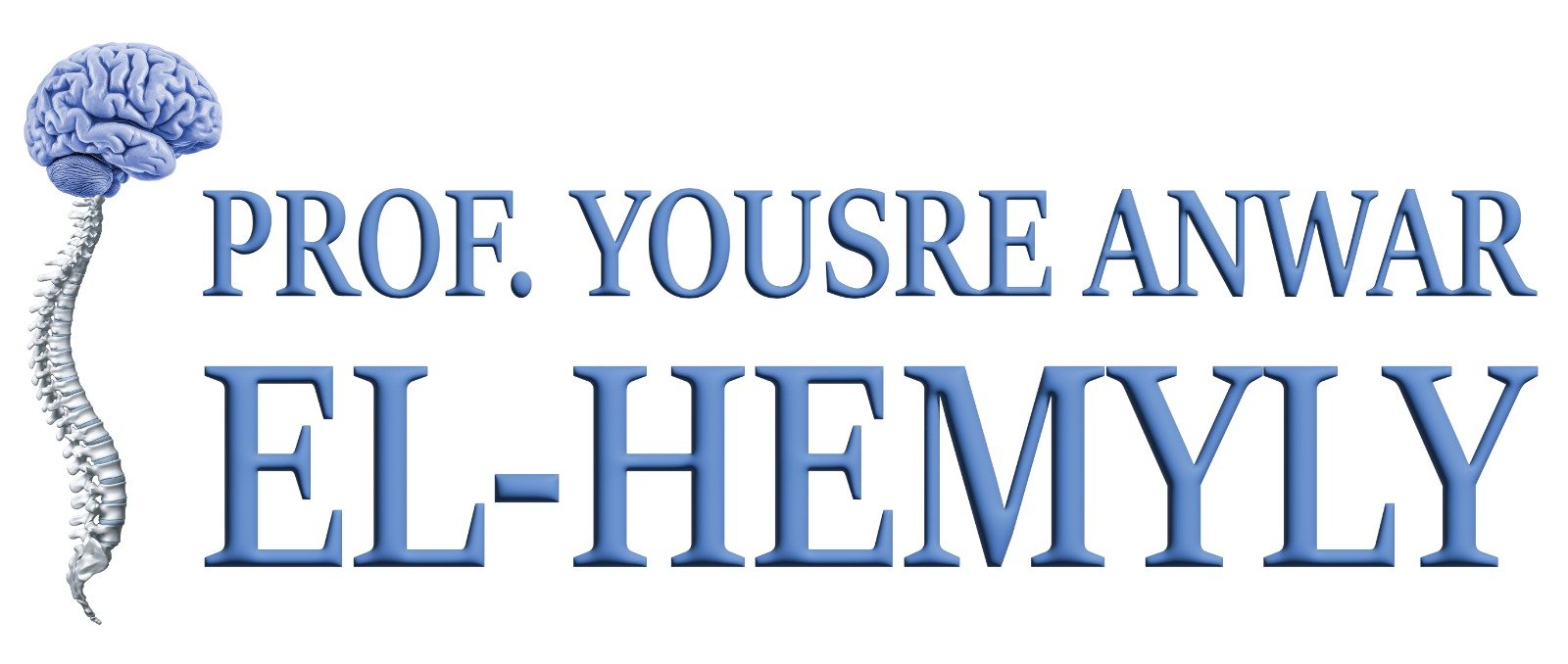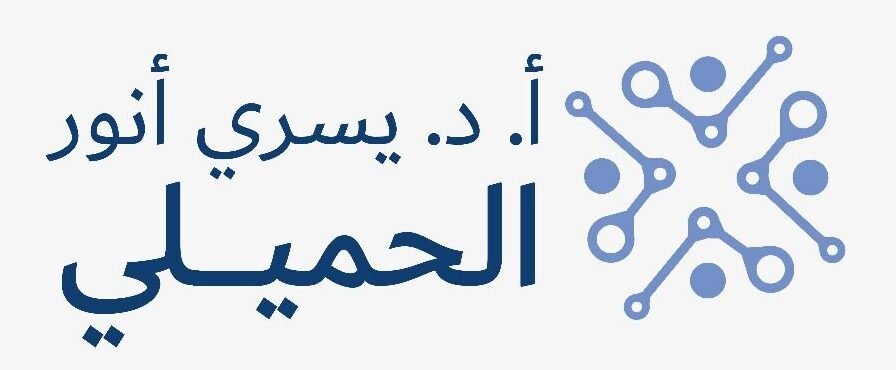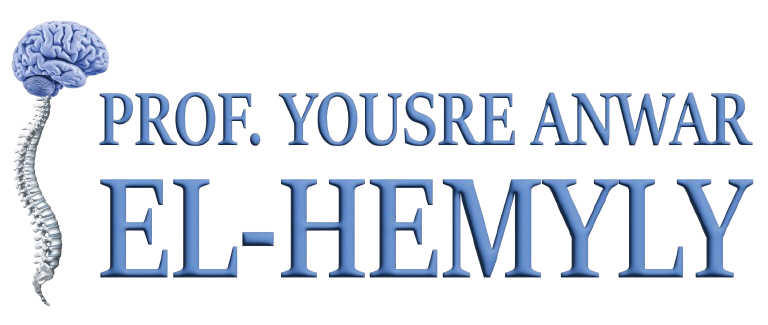What is neurosurgery?
It is a medical specialty that deals with the diagnosis and treatment of diseases and injuries affecting the central and peripheral nervous system, including the brain, spinal cord, and peripheral nerves.
What are the symptoms that require consulting a neurosurgeon?
Sudden loss of consciousness, vision, hearing or speaking
What conditions does a neurosurgeon treat?
And peripheral nerve diseases
Delete "such as multiple sclerosis"
Delete "such as multiple sclerosis"
What are the most common operations in neurosurgery?
Vertebral disc prolapse, Spondylolithesis, spinal canal stenosis, Tumors affecting brain or spine, Spinal infection, skull or spine fractures, entrapment of peripheral nerves, cranial nerves neuralgia, brain hemorrhage and congenital malformations affecting brain or spinal cord.
How long does recovery take after brain surgery?
Several days to several weeks
What is a brain tumor?
It is an abnormal growth of cells within the brain, which can be benign or malignant; affecting various brain functions based on its location and size.
Can brain surgery improve quality of life?
Yes, surgery can improve quality of life by relieving pain, removing tumors, or correcting deformities that affect neurological functions.
What are the early symptoms of brain tumors?
Nausea and vomiting, blurring of vision, convulsions and loss of consciousness, changes in smelling, vision or hearing.... etc
Can brain tumors be treated with chemotherapy?
Yes, in some cases chemotherapy can be used alongside surgery and radiation therapy to treat malignant tumors or to reduce their size before surgery.
What are the most important pre-neurosurgery examinations?
CT scans, X-ray, ultrasound, blood.... etc
What is a stroke?
A stroke occurs when blood flow to a part of the brain is interrupted, causing damage to nerve cells, which can result in loss of motor, sensory, or speech functions.
What are the risks of neurosurgery?
Risks include infection, bleeding, loss of neurological functions, and blood clot formation, which can affect recovery. These complications can be avoided by relying on the services of a highly experienced and competent physician in performing such delicate surgeries.
Can neurosurgery treat epilepsy?
Epileptic focus
What is microsurgery technique?
Complicated procedures
Can brain surgery be performed endoscopically?
Yes, endoscopic techniques can be used to perform some surgical procedures in the brain and spine, reducing surgical intervention and speeding up recovery.
Can spinal pain be treated surgically?
Yes, surgery can be resorted to in certain cases such as herniated discs, spinal stenosis, spinal curvature conditions, or to treat spinal tumors, or when conservative treatments fail to relieve pain.
What is the cost of neurosurgery?
The cost varies greatly depending on the type of operation, the cost of anesthesia and surgical instruments used, and the experience of the treating physician. Surgical costs usually include hospital fees and the quality of post-operative care.
What care is required after brain surgery?
It includes continuous monitoring, physical therapy, and neurological rehabilitation to improve neurological and physical functions, in addition to regular medical follow-up.
What are the benefits of endoscopic spine surgery?
Endoscopic surgery reduces pain, recovery time, and risk of infection compared to traditional open surgery, as the surgery is performed through small incisions and specialized tools.
Can spine surgery be avoided with physical therapy?
In some cases, physical therapy and therapeutic exercises can improve symptoms and avoid the need for surgery, especially in cases of chronic pain and minor disc herniation.
What is spinal stenosis?
It is the narrowing of the spinal canal through which the spinal cord passes, leading to pressure on the spinal cord or branching nerves, causing pain, numbness, and weakness in the limbs.
What is the role of physical therapy after spine surgery?
Spinal canal stenosis?
What are ways to prevent head injuries?
They include wearing a protective helmet when cycling or engaging in dangerous sports, using a seatbelt while driving, and taking safety measures to avoid falling.
How is brain hemorrhage treated?
Treatment usually involves surgical intervention to remove accumulated blood and relieve pressure on the brain, in addition to controlling the underlying cause of the bleeding.
What are the symptoms of spinal cord tumors?
It could be treated conservatively or through surgical intervention depending on the size and location of the hemorrhage and the neurological status of the patient. Surgical intervention used to remove.... etc
What is a herniated disc?
It is the protrusion or bulging of part of the disc between the vertebrae, leading to pressure on adjacent nerves, causing pain, numbness, and possibly weakness in the limbs.
What are the causes of herniated discs?
Of a disc material
What are the symptoms of a herniated disc?
Symptoms of a herniated disc include back pain, numbness or tingling in the limbs, muscle weakness, and in severe cases, the patient may lose control of bladder function.
How is a herniated disc diagnosed?
Diagnosis includes medical history, physical examination, and sometimes reliance on radiographic images such as X-rays or MRI.
What is the difference between a herniated disc and spondylolisthesis?
X-rays, CT or MRI
Can a herniated disc lead to muscle weakness?
Of the disc material
How can a herniated disc be treated?
A herniated disc can be treated with conservative therapy such as rest, anti-inflammatory medications, and physical therapy. In severe cases, surgery may be necessary to relieve pressure on the nerves.
What is radiofrequency ablation for spinal problems?
Radiofrequency ablation is a medical procedure that uses small electrical pulses to generate heat targeting the nerves responsible for pain in the spine, leading to pain relief by disabling the sensory function of these nerves.
What lifestyle changes can be followed to alleviate symptoms of a herniated disc?
Lifestyle changes include maintaining proper sitting posture, practicing appropriate exercises, and avoiding high-pressure activities on the back.
Can a herniated disc heal without surgery?
Yes, in mild cases, a herniated disc can improve with non-surgical treatments such as physical therapy, anti-inflammatory medications, and lifestyle changes.
What is the trigeminal nerve?
The trigeminal nerve is a major nerve in the face responsible for sensation and movement. It divides into three branches controlling the front of the head, cheek, and jaw. Irritation of this nerve causes severe pain known as trigeminal neuralgia.
What is the function of the trigeminal nerve?
The trigeminal nerve plays an important role in transmitting sensation from the face and scalp to the brain. It also contributes to controlling jaw movements and muscles that help in chewing and speaking.
What are the treatments for trigeminal neuralgia?
Treatment includes anticonvulsants, muscle relaxants, and other medications. In severe cases, surgery may be required to relieve pressure on the nerve. Trigeminal neuralgia can also be treated with radiofrequency ablation.
What is radiofrequency ablation for treating trigeminal neuralgia?
Radiofrequency ablation for treating trigeminal neuralgia is a procedure that uses small electrical waves to generate precise heat targeting the trigeminal nerve, disrupting pain-causing nerve signals. This procedure is performed under specialized X-ray guidance.


